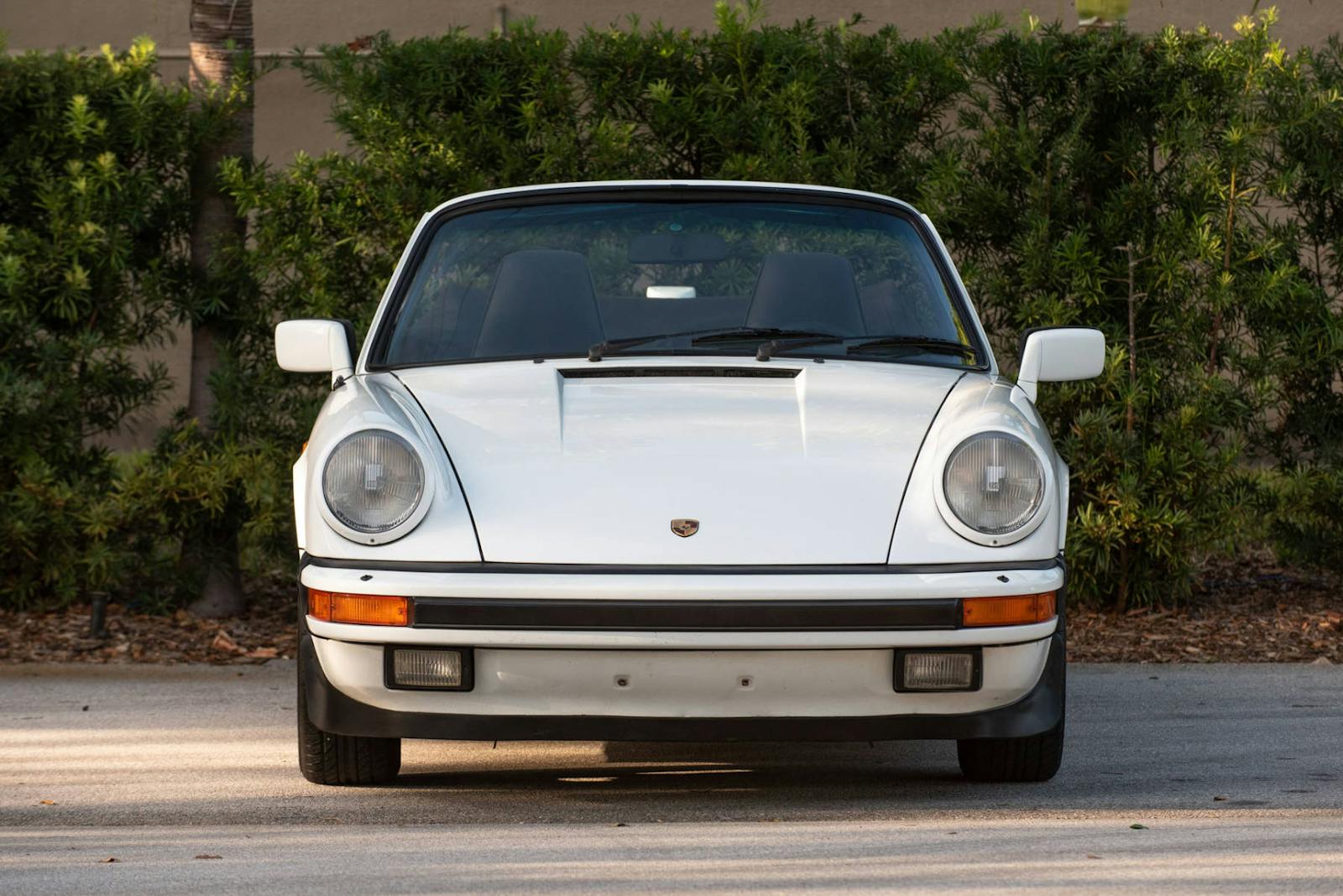Gen X buyers are interested in collecting the Hummer H1; they may just not be driving them
One of the latest additions to the Hagerty Valuation Tool is the Hummer H1, the civilian version of the U.S. military’s High Mobility Multipurpose Wheeled Vehicle, which is more frequently referred to as a Humvee. Like its military counterpart, the Hummer H1 is built by AM General on a steel ladder frame with independent front and rear suspension with gear reduction hubs at each corner. Those hubs are a boon to ground clearance, and so is the location of the drivetrain, which is tucked up high, putting the transmission between the front seat occupants. Another unique feature of the H1 is its aluminum body, which was available in wagon, slantback, and hardtop pickup versions, both a two- and four-seater, as well as a soft-top pickup.

Civilian H1 production can roughly be broken down into three eras. Early H1s, from 1992–96 commonly use a naturally aspirated Detroit Diesel V-8 with a meager 170 horsepower, although a 5.7-liter gasoline engine was optional. Its extra power came at the cost of reduced fuel economy. This generation of H1 also saw a change from a three-speed 3L80 automatic (aka GM Turbo 400) to the electronically controlled 4L80E with overdrive. The mid-production H1s, starting in ’96 and lasting until 2004, typically used a turbocharged version of the 6.5-liter Detroit Diesel pirated from Chevy vans that first became optional in 1996 and was the only engine used from 1999–2004. Finally, the H1 Alpha, which debuted in 2006 after a one-year H1 hiatus, used a 300-hp version of the 6.6-liter Duramax diesel V-8 paired with a five-speed Allison transmission for much-improved performance, towing, and economy. Lynch Hummer, one of the best-known Hummer dealerships, has a much more comprehensive list of yearly changes.

Despite the Humvee being in production since 1982 and practically starring in news coverage of the 1991 Gulf War, the H1 entered civilian production to meager sales. Chalk that up to the steep cost. The entry price for a bare-bones H1 was more than $40,000 in 1992, which is equal to more than $77,000 in 2021 dollars. Air conditioning required a $7700 (inflation-adjusted) option package. Besides that, while driving the H1 off-road was an experience unlike any other, driving one on-road can be an ungainly experience. Despite their massive width, interior space is at a premium because the powertrain is positioned, as previously mentioned, between the two front seats, and the drivetrain tunnel extends between the two rear-seat passengers as well. The huge off-roader, which trundles down the road with typically less than 200 hp, only seats four. Hardly practical.

On-road clumsiness aside, the H1 does have fervent collectors, and they appear to be keeping them in top condition. Most of the H1s seen by our valuation team were in #1 (Concours) or #2 (Excellent) condition, and they’ve yet to see a #4 (Fair) example. While well-suited for climbing over and through obstacles, it seems that these rough and tumble rigs were rarely abused and possibly rarely driven. Perhaps the mediocre fuel economy is to blame. The bulk of insurance quotes on H1s—52 percent—come from Gen Xers despite that demographic making up 32 percent of the overall collector car market. Valuation Specialist Andrew Newton isn’t surprised, noting that, “Gen Xers disproportionately like trucks.”
Our valuation team has charted dozens of H1 models. To look them up, search for AM General. Without wading through the details, each mechanical update was generally for the better, so expect values to increase as each major improvement was rolled out. H1 Alphas have a serious premium, with values up more than 40 percent compared to a comparable 2004 model, and an early production H1 can fetch more than $100,000. It’s no wonder that aftermarket companies are stepping up to offer restomods now that military-surplus Humvees are hitting the market.


